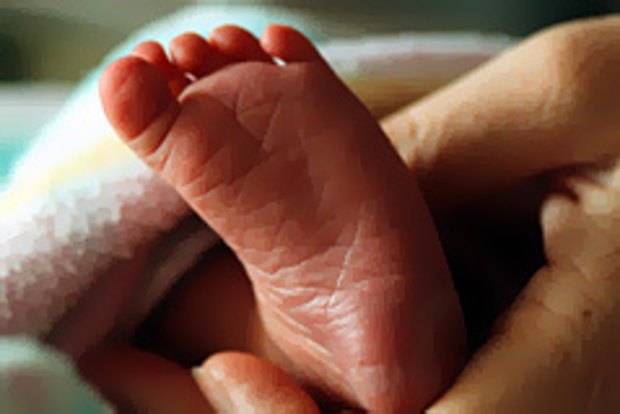Women Failed by Catholic-Run Hospitals
There is no room at the Women’s. Once the hospital saw its mission as the service of all the Victorian women. Now, women inquiring about having their baby there will be asked their postcode. Should they fall outside the hospital’s new geographical catchment area and be at small risk of complication, they’ll be referred to a hospital closer to home.
Poor government policy and planning, an upward blip in the fertility rate and Victoria’s burgeoning population has seen births jump 12 per cent in Victoria over a three year period, but the number of maternity beds fail to keep pace. As a consequence, the Victorian government now “encourages” women to birth at their local, suburban hospital.
For most women, the major anxiety generated by the squeeze is finding somewhere, anywhere, to have their baby. But behind the scenes, some perinatal specialists and GPs who share the care of pregnant women with hospitals are fretting about women being referred away from non-sectarian public hospitals and towards institutions that are Catholic-run.
The reason why is simple. Catholic-run hospitals, even those dedicated to women’s health, have a number of services they will not provide. As the Most Rev. Anthony Fisher explained earlier this year: “Catholic healthcare institutions, whatever legal, financial or other pressure they are under, may not cooperate with abortion, sterilization or euthanasia.” In addition, and for religious reasons too, Catholic-run healthcare institutions don’t offer a full range of contraceptive services.
What are the downstream consequences of this refusal to “cooperate” for patients? Some women discover, as they approach a planned caesarian section, that they won’t be able to have their tubes tied at the time of delivery, requiring them to undertake the cost, inconvenience and risk of having the procedure done at a later date. Others, already reeling from the blow of abnormal results from pre- natal tests or screens the hospital did provide, find they must transfer to another institution if they make the difficult choice to terminate. Women whose membranes rupture too early may be denied surgery to remove the doomed fetus, and even intervention to speed up the delivery. That is, unless sepsis is diagnosed and the woman’s womb or life is at risk. Rape victims brought into casualty will not be offered emergency contraception. If staff suspect pregnancy, the woman will not eve be referred to a rape crisis centre that does offer the pills.
Do Victorian women know the limits placed on their care when they enter a Catholic-run hospital? For many, it seems, the answer is, ‘no.’ As one GP put it, “I’m not sure women ever do fully understand the implications.” Currently, there seems no attempt for referring hospitals to consent women with regard to these issues, nor for Catholic-run hospitals to make specific disclosures on such matters when women arrive for care. For instance, neither the patient information guide, nor the guidelines for those sharing the care of pregnant patients with the Mercy makes any reference to the limits the hospital puts on services because of its religious views.
Both Catholic-run health institutions, and the Governments that fund them to provide essential healthcare services to Victorian taxpayers, have an obligation to ensure that female patients, and the external healthcare providers sharing care of such patients, are fully informed about what the hospital’s religious philosophy might mean for patient care. For a hospital to simply say they are Catholic and assume that everyone knows what this means, including very young women, new migrants to Australia and those from non- English-speaking backgrounds, fails the most basic disclosure requirements necessary for informed consent.
But lack of consent is just a small corner of the problem. The real issue is the decision by governments to pour public money into institutions unable to offer a full range of medical services to half of the public. The real problem is government policy that allows such institutions to become central to healthcare arrangements designed to serve all citizens despite knowing the limits such institutions place on the care they provide to women.
Catholics, and any other faith-based minorities in Australia, are entitled to their moral beliefs and to the expression of these through the institutions they run. But women citizens and taxpayers have a right to healthcare provision that does not put them at the mercy of those views, and the healthcare information and options that flow from them. There seems little problem with Catholic hospitals providing boutique-care to women and men able to make an informed decision about its suitability to their needs. But when women have no choice but to become patients in this system for emergency and essential health care, something is terribly wrong.
The Catholic Church sees the provision of health care as part of its mission, believing that a Catholic-run hospital “serves the whole community, especially the vulnerable.”
Pregnant women are vulnerable. Rape victims are vulnerable. Patients without information and real options about their health care are vulnerable.
Victorian women pay taxes, and are citizens with a right to informed decision-making about and access to the full range of sexual and reproductive health services. Not just those the Catholic-run hospital nearest them is willing to provide.
Publication history
Women are being failed by our hospitals The Age
2009-11-03


